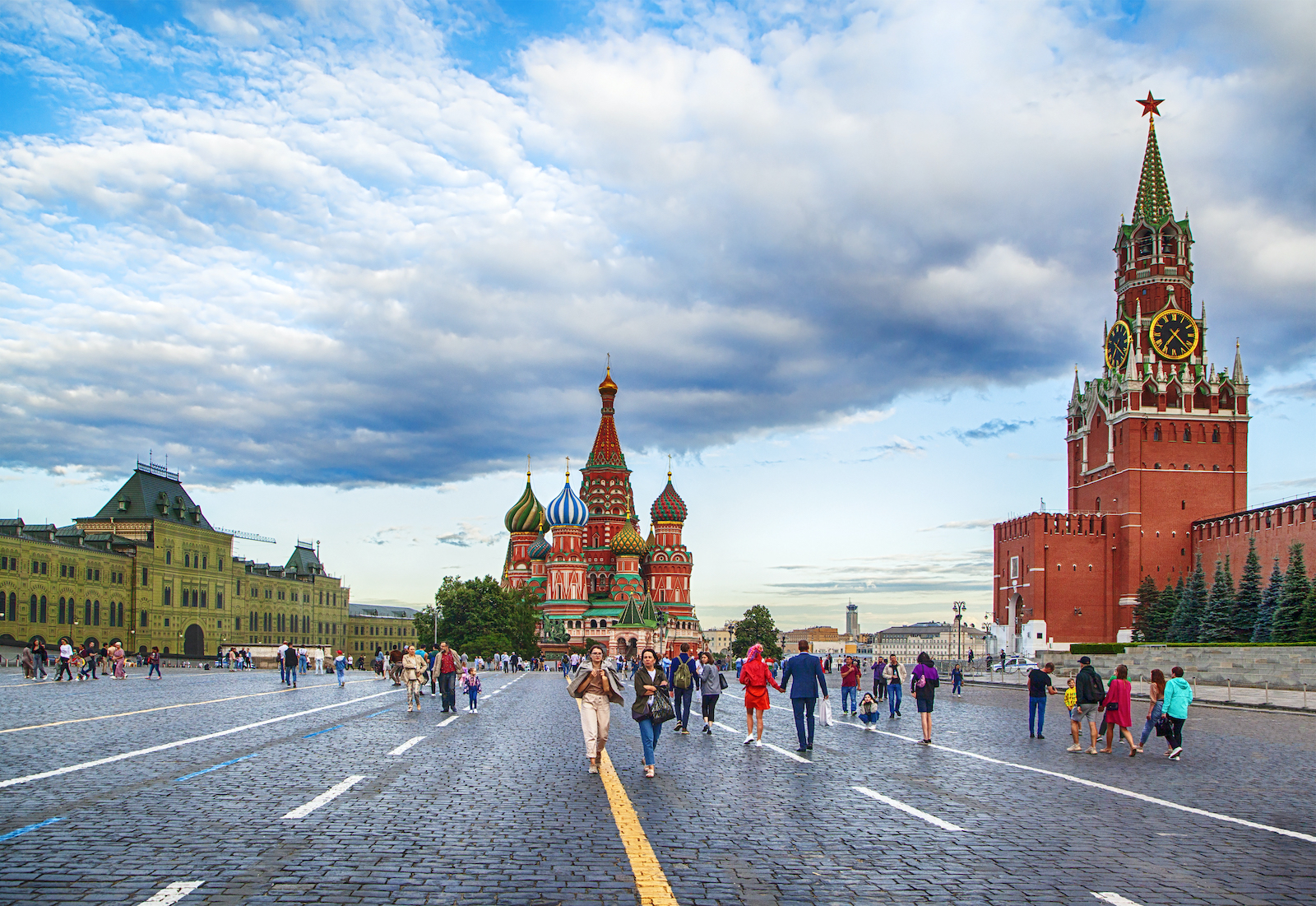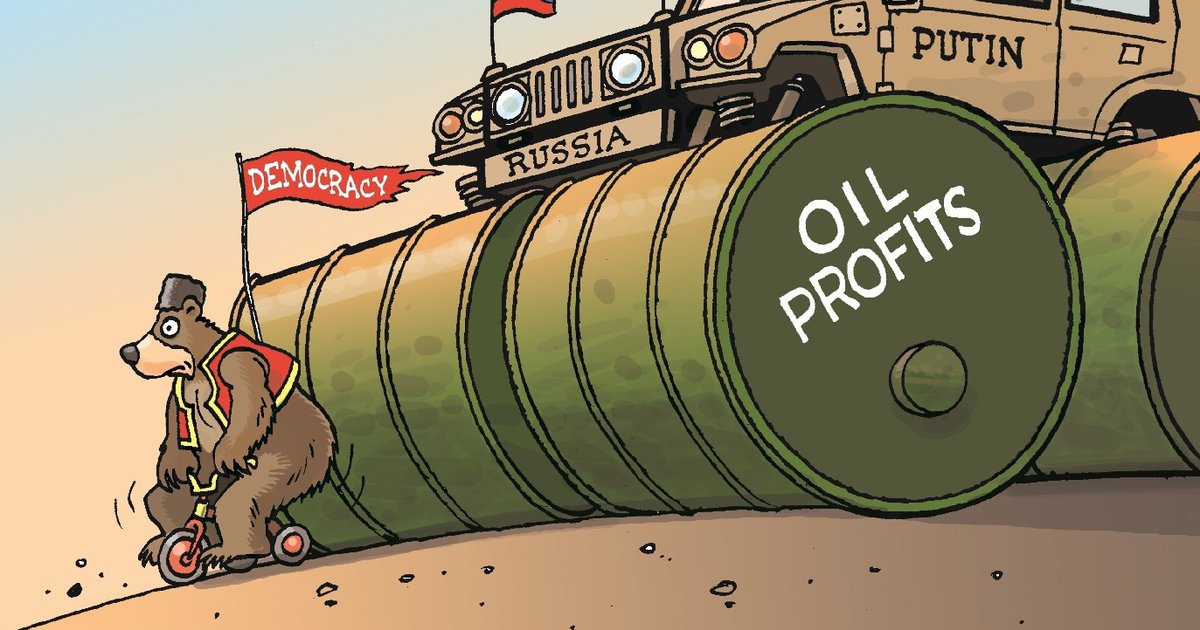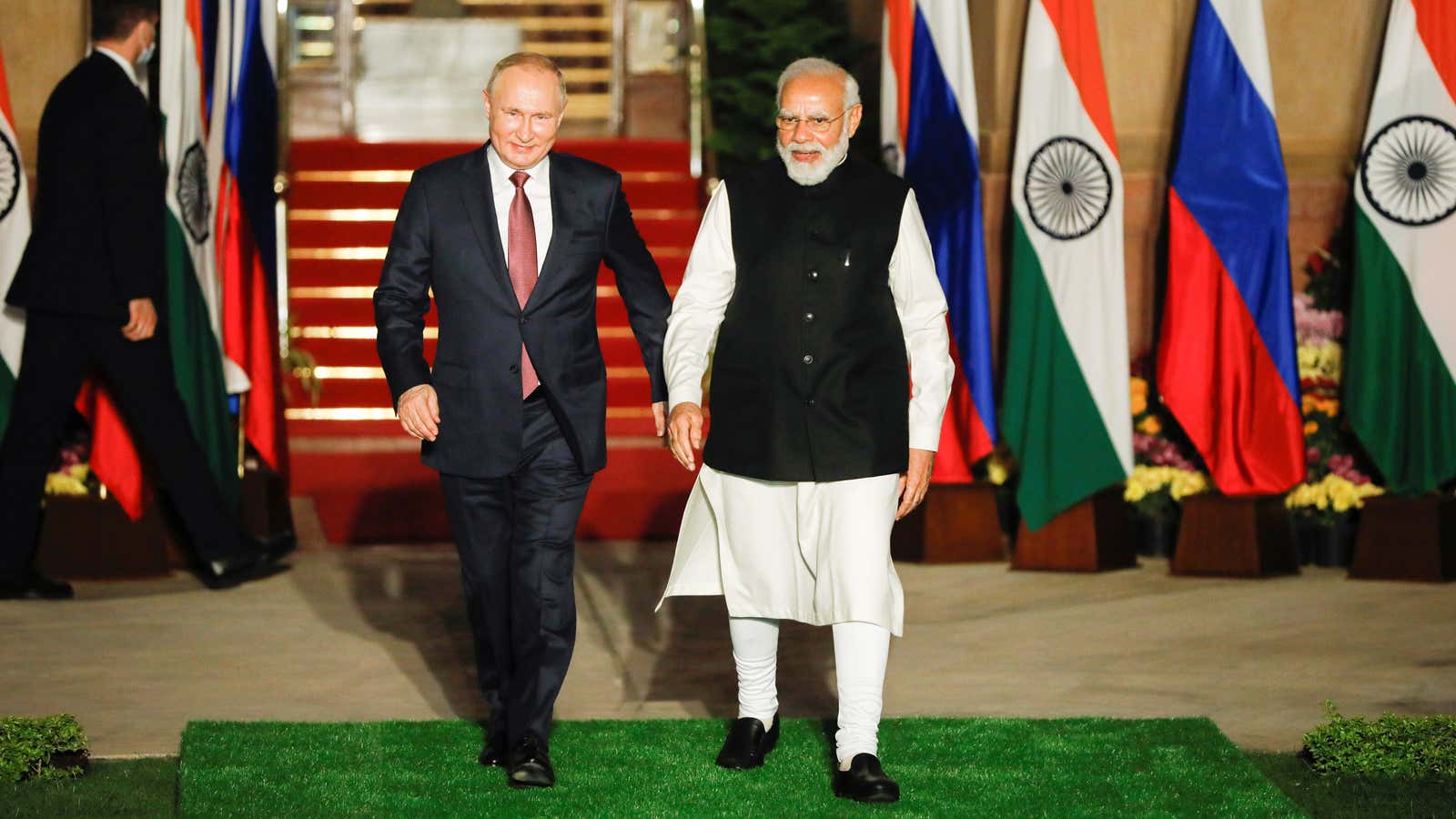Russia Can Sustain War With Ukraine For 2-3 Years, Say Analysts; Despite Western Sanctions, Russian Economy Remained Resilient Thanks To India And China Imports, But Can It Sustain Going Forward?
Even in the face of prolonged conflict with Ukraine and facing international sanctions, Russia's economy has shown remarkable resilience. Even though the country remains committed to sustaining its war effort in Ukraine, despite punitive measures, Russia's economy has found support from China and India. While both countries refrained from condemning Russia and avoiding sanctions, have become critical players in sustaining Russia's economy through their increasing demand for Russian energy imports, keeping Russia afloat amidst international isolation and economic challenges. However, as per analysts, despite these positives, Russia can only sustain the ongoing war with Ukraine for another 2-3 years; hence, will Russia plunge into deeper chaos, or will it be able to sustain and come out on the other side?

As the conflict in Ukraine rages on, Russia finds itself entrenched in a war that has lasted for over two years.
Still despite the challenges posed by international sanctions and the strain of prolonged warfare, recent reports suggest that Russia’s economy is displaying remarkable resilience, pressing questions about the effectiveness of sanctions and the sustainability of the war effort.
The International Monetary Fund (IMF) recently released its economic outlook, indicating surprising growth projections for Russia.
The IMF forecasts that Russia’s economy will expand by 2.6 percent in 2024, outpacing the growth rate of the United States; this marks a significant upgrade from previous predictions indicating the resilience of the Russian economy in the face of adversity – despite Western sanctions!

What Is Working For Russia
A key factor contributing to Russia’s economic stability amidst war is the substantial fiscal stimulus driven by the conflict.
The Moscow regime increased its spending by $30 billion in 2023, primarily towards sustaining the war effort. Significantly, this increase in spending has been facilitated by oil revenues, thus mitigating the risk of widening budget deficits despite the imposition of Western sanctions.
However, the sustainability of Russia’s war effort has come under scrutiny.
Analysts from the UK-based International Institute for Strategic Studies (IISS) suggest that while Russia may be able to sustain its military campaign in Ukraine for another two or three years, it will likely have to prioritize quantity over quality.
The report highlights Russia’s ability to replace destroyed or damaged weapons with older systems from storage, a strategy that has allowed it to maintain stable inventory numbers despite significant losses on the battlefield.
While, the ongoing conflict has witnessed intense losses on both sides, with Russia experiencing substantial casualties in terms of armored vehicles; however, despite these losses, the IISS report suggests that there are few indications that the fighting will cease anytime soon.
Ukraine, on the other hand, has received substantial support from Western allies, leading to an increase in its armoured vehicle count, although challenges remain in fully equipping its military units.
The economic and military dynamics of the conflict are intertwined, with Russia’s defence spending reaching unprecedented levels – total military spending now represents one-third of Russia’s national budget, signalling the country’s unwavering focus on sustaining its war effort.
Russia has managed to ramp up its defence expenditure significantly, underscoring the prioritization of military objectives despite international sanctions,
Looking ahead, analysts from the Royal United Services Institute (RUSI) outline Russia’s strategic objectives and projected timeline for achieving victory in Ukraine.
The report suggests that Russia aims to subjugate Ukraine and believes it is on track to achieve this goal by 2026. However, the authors emphasize that this outcome could be averted if Ukraine’s international partners continue to provide sufficient support to bolster its defences.

A Little Help
The sanctions imposed on Russia by the U.S.-led coalition were aimed at isolating the nation from the global economy, including freezing approximately $300 billion in central bank assets and targeting its primary exports of oil and gas.
In response, Moscow sought to shift its focus away from the Western bloc, categorizing countries into “friendly” and “non-friendly” groups and it has extended preferential treatment to the former by offering discounts on energy exports, a move that has particularly benefited China and India and Russia as well!
According to Drozdz, the impact of the sanctions has been felt more significantly in Europe than in Russia, with Western nations notably losing access to affordable energy sources like gas and oil, and the increasing demand for Russian energy imports elsewhere has played a crucial role in sustaining the dropping Russian economy.
China and India, two of Asia’s largest economies, have emerged as the primary drivers behind this trend.

Taking On The Bets
Both China and India, refraining from condemning Russia or imposing sanctions over the conflict, have become the largest purchasers of Russian crude oil in recent years.
Chinese customs data reveals an 8 percent surge in China’s imports of Russian crude oil in 2022, reaching an equivalent of 1.72 million barrels per day (bpd), positioning Russia as the second-largest supplier to the East Asian powerhouse.
Kpler, an analysis firm specializing in commodities markets, projects that China’s imports in February will peak at around 5.62 million bpd, surpassing previous records.
Similarly, China’s imports of Russian pipeline gas and liquefied natural gas witnessed significant increases in 2022, rising 2.6 times and 2.4 times, respectively, amounting to $3.98 billion and $6.75 billion.
In parallel, China’s imports of Russian coal experienced a substantial 20 percent surge, reaching 68.06 million tonnes.
In 2022, India’s imports of thermal coal also witnessed a notable uptick, rising nearly 15 percent to 161.18 million tonnes.
Analysts note that Prime Minister Narendra Modi, amidst high inflation and an election year, may find it challenging to overlook the allure of cheap imports, particularly relevant as he balances between maintaining security ties with the West and maintaining warm relations with Russia.
Turkey has also emerged as a significant importer of Russian energy, including crude oil and coal. Analysts anticipate that markets like Pakistan and Bangladesh could soon follow suit, ramping up their imports of Russian energy at discounted prices.
Taking cues from Iran, which faces heavy sanctions, Russia has reportedly amassed a “shadow fleet” comprising up to 600 aging oil tankers to evade Western restrictions, as noted by the Economist Intelligence Unit (EIU).
Additionally, there has been a surge in demand for oil storage tanks in Singapore, indicating the blending of Russian fuel with other oils for re-export, thereby complicating efforts to trace its origin.

Russian Energy Exports
The European Union initiated sanctions targeting Russian oil exports, culminating in a ban on seaborne crude oil exports.
Additionally, the EU, along with the G7 and Australia, agreed to enforce a price ceiling on Russian crude oil, capping it at $60 per barrel—$20-30 lower than its competitors, with adjustments scheduled every two months.
However, Russian crude oil prices have consistently remained below the $60 cap over the past two months, enabling European companies to offer ancillary services such as shipping, finance, and insurance.
Subsequently, further restrictions and price caps were introduced on higher-value Russian refined oil products like diesel and cooking fuel.
The objective isn’t to completely debilitate Russia, which could lead to a surge in global oil prices, but rather to inflict economic pressure on the Kremlin, as stated by Matt Sherwood, Senior Europe and Lead Commodities Analyst at the EIU.
How are these sanctions impacting Russia?
Following the EU’s prohibition on Russian oil product exports, Russia announced a reduction in crude oil production by 500,000 barrels per day, roughly 5 percent of its total volume.
Meanwhile, finding new markets for oil products proves more difficult than for crude oil, which can be refined and sold independently by countries like China and India for profit; Moscow worked it out by declaring its refusal to engage in trade with any nation referencing the G7 price cap in their contracts.
The EIU forecasts the potential emergence of two distinct global oil markets if sanctions persist – one dealing in heavily discounted Russian oil, akin to China and India’s transactions, and another shunning Russian oil altogether.
Despite increased exports to Asia, Russian oil and gas revenues plummeted by 50 percent year-on-year in 2022; the revenue deficit forced Moscow to seek alternative revenue sources, such as selling its foreign currency reserves.
Looking ahead, revenue may continue to decline alongside oil prices as global markets adapt to the new price cap system and logistical hurdles.
Russia anticipates a nearly one-quarter drop in its oil and gas revenues this year, from 11.6 trillion to 8.9 trillion roubles ($155 billion to $119 billion), accentuating the urgency for Moscow to explore new revenue streams.
According to MacKenzie, both China and India are expected to maintain robust demand for Russian energy in 2023, with China showing a particularly high interest in increasing its crude oil imports from Russia.
Therefore, whether Russia will be able to sustain its economy and keep its conflict going with Ukraine largely depends on how and if Putin can declare a winning hand despite the cards he is dealt with (more economic sanctions).




